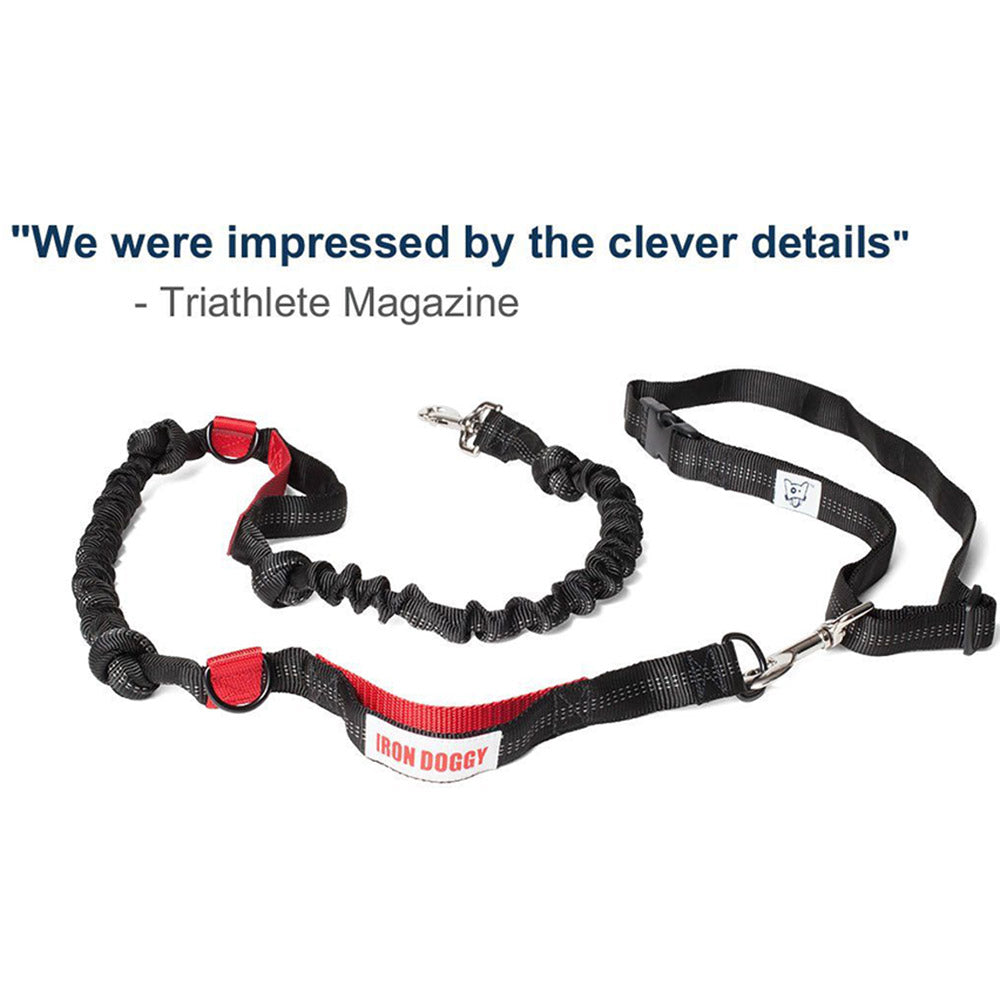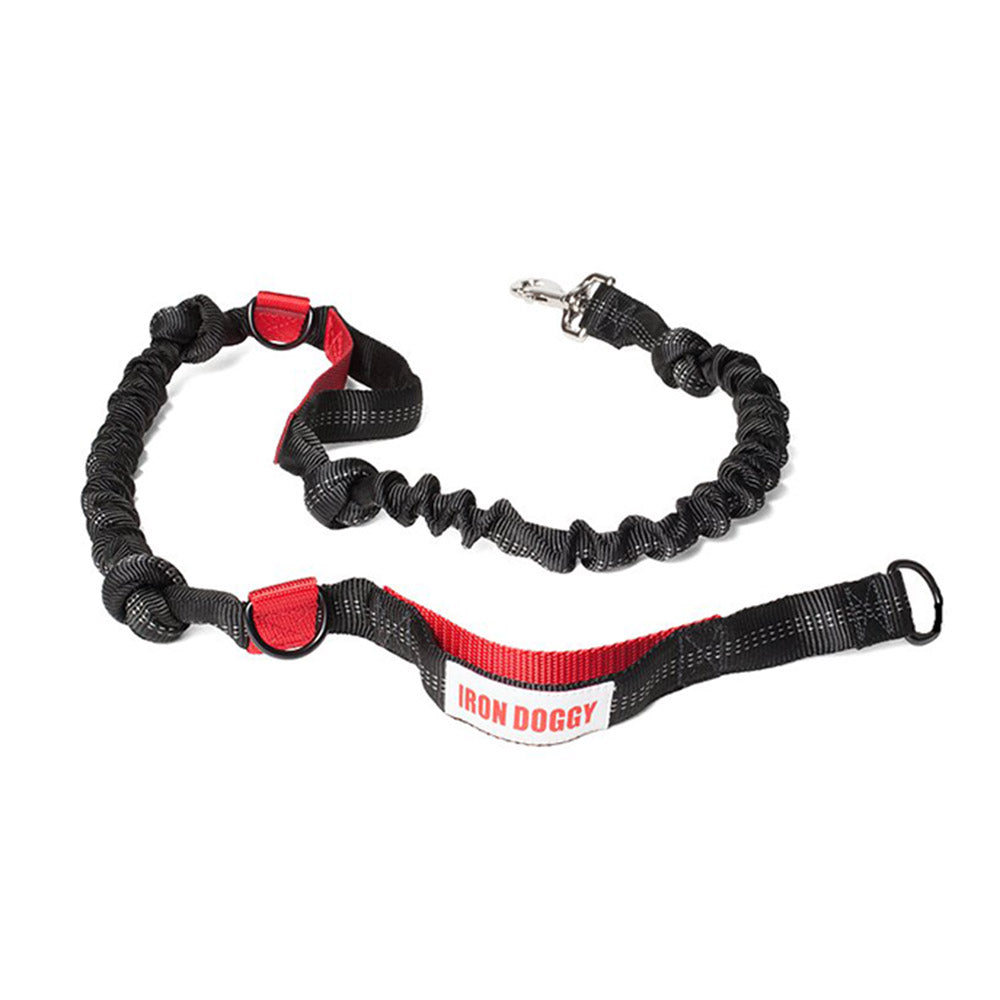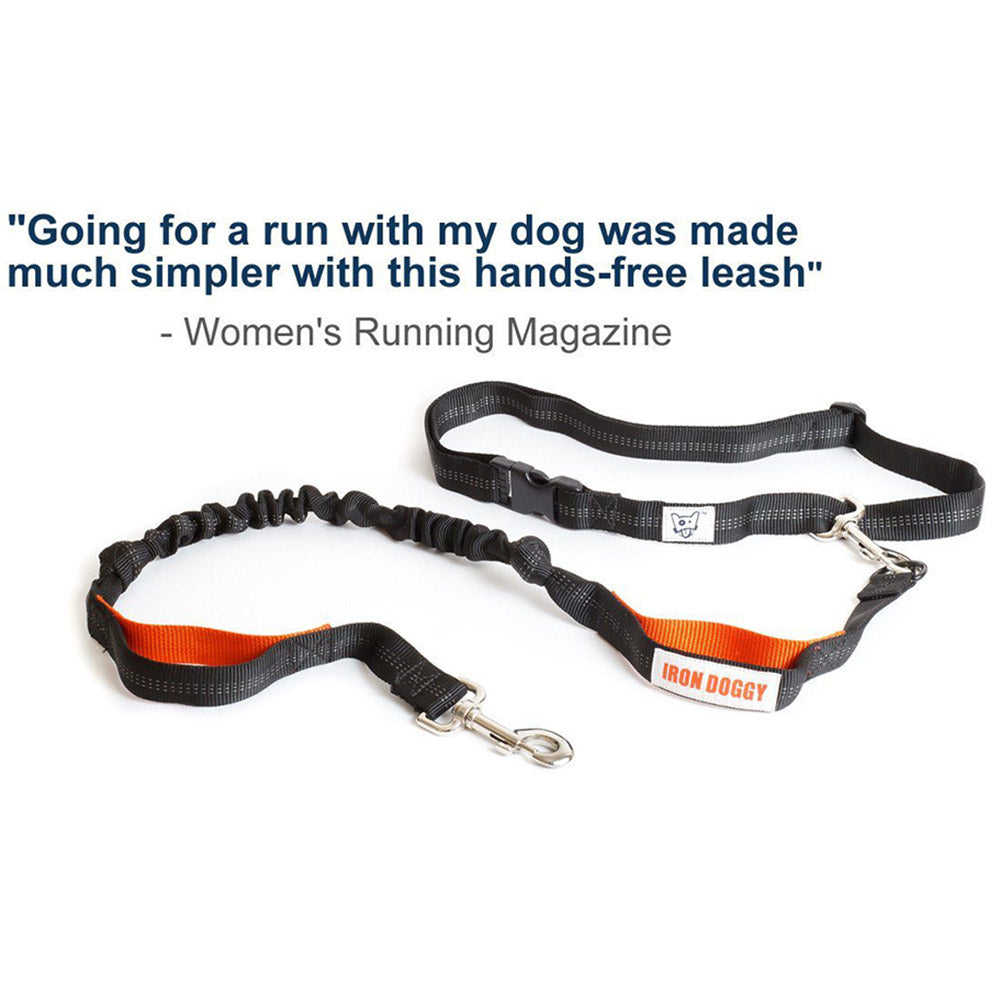
Welcoming a new puppy to your home is exciting. This is the start of a new chapter with your new family member. Ensuring that your new pup is healthy and happy is of the utmost importance and requires a healthy diet and plenty of exercise. Your growing bundle of fluff is energetic and playful and you may wonder, "How much exercise does my puppy really need at this point?"
Puppy Exercising
The perfect puppy exercise routine is significantly less rigorous than one for a full-grown dog. Although puppies thrive with daily exercise to support both physical and mental health, too much exercise can lead to chronic fatigue, joint damage, and early arthritis. There is a consensus among veterinarians, trainers, and breeders that too much exercise can be just as harmful as not enough exercise. Puppies are too young to know their own limits and rely on you to guide them.
Puppy Breed Matters
You may deduce that since your puppy is a larger breed, they have a higher exercise tolerance than a smaller breed. In fact, the opposite is true. Studies have shown that overexercising large breed puppies can cause long term orthopedic disease.
Smaller breeds may seem to have endless energy but require more frequent naps. It is best to plan shorter bursts of exercise for small pups with the opportunity for a quick nap if needed.
Understanding your puppy's breed will help you to understand the best exercise schedule for your new pal.
Puppy Exercising Guidelines
If you are still confused about how much exercise your puppy needs or you are uncertain about their breed, here are some general puppy exercising guidelines.Exercise your puppy twice per day following a ratio of five minutes of exercise per month of age. For example, if your puppy is two months old, take a 10-minute walk twice a day. When they are five months old, the walk can be 25 minutes twice per day.Until your puppy is a fully developed dog, avoid rough terrain or extensive trails. Opt for a safe, secure area such as a dog park or a leisurely walk down the street.
As your puppy develops into a full-grown dog, use the Kennel Club's Breed Information guide to determine the recommended exercise duration for your specific breed (click on your puppies breed to see the recommended exercise thresholds).
Safety Tips for Exercising Your Puppy
- Never exercise your puppy on a full belly. Too much activity can interrupt digestion and cause bloating
- Train your new puppy to walk on a leash (we recommend this one)
- Start with shorter walks and gradually increase the duration
- Outdoor exercise should be scheduled for the mildest temperatures of the day. Avoid extreme heat or cold
- Pay attention to your puppy. If they seem too tired, cut the exercise duration down, and follow their lead
- Be consistent. Puppies love routines and will look forward to their exercise times
- Vary activities. Swimming, games, and walks on varied surfaces will help your puppy become comfortable in all environments
You've gained a lifelong friend and hopefully, your journey with your puppy will be long and adventurous. Strengthen your relationship with your new little friend with the right amount of puppy exercise and enjoy the benefits.







